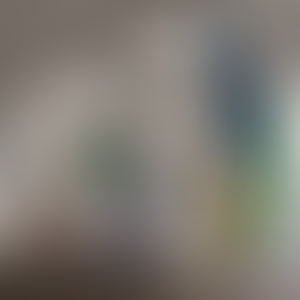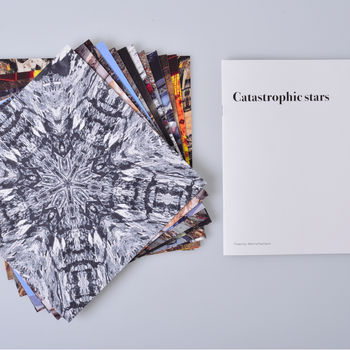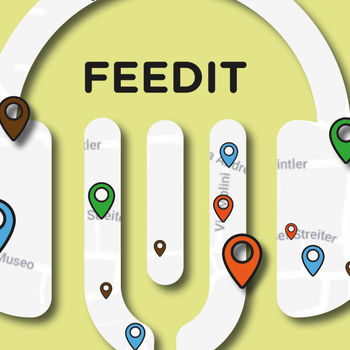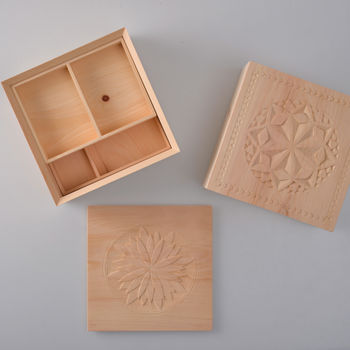"How to work together" by Celine Condorelli is the project that I took as reference for my project. Each exhibited work depends and relies on something else, which might be participative, or physical, infrastructural – such as electricity, water, the wall, the floor, people, etc. I analysed "À Bras Le Corps", a hexagonal sculpture turned into a sympathetic environment for houseplants and "The Double And The Half" which is an assemblage of different bits of furniture, that all act as extensions to the human body.
Emotion
Martina Poschiavin
Student
Martina Poschiavin Academic staff
Roberto Gigliotti Davide Ferrando Course
Superfurniture Program
BA Major Design Semester
2023/24 WS Usually emotions can be identified with a color and a shape in our heads, with this project I wanted to create a structure made to "jump" into the emotions and go through them, that is why the internal part of each form has its color. This structure can be expanded with as many "layers" as wanted, it has the inside of the each shape coloured so that people can interact with the emotion they feel. The intersections are build so that it perfectly fits with one another. Made with a wooden structure is then covered with one thin layer of plywood.
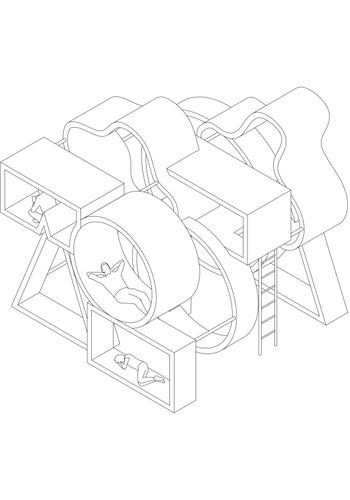
A project made in the course
Superfurniture
With Superfurniture we intend dispositives in the domestic environment that are too big to be considered a piece of furniture and too small to be considered a building. A piece of superfurniture contains simultaneously more of the functions that enable us to inhabit our homes. Could we imagine an interior containing a single object characterising the space surrounding it as a building does on its plot, instead of a series of items scattered within its volume? After having analysed a series of projects following such an approach in terms of occupation of the space, we started imagining our own personal piece of superfurniture…
More projects by Martina Poschiavin
Explore related projects
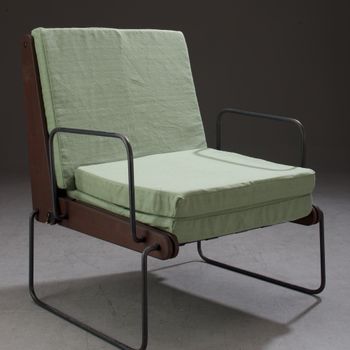
Marianna Franceschi
Hai mai visto una sedia diventare chaise longue o letto?

Soeren Blaecker
What makes Furniture a Superfurniture?

Sofia Bonomi
How many ways are there to sit?

Chiara Pinzan
What is the relationship between exterior and interior?

Arthur Paul Ottmann
How can we rethink our urban living environment?

Sara Moscatelli
In how many ways and functions can a closet transform?
